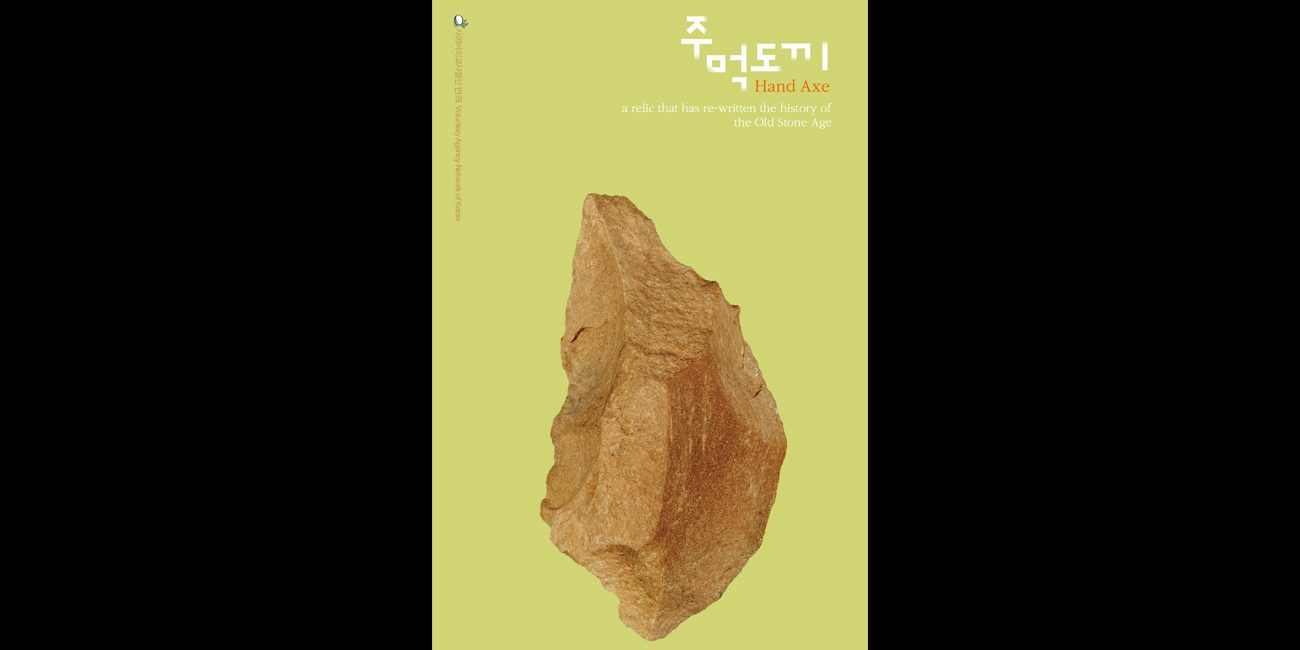Did you know that a discovery in Korea rewrote the history of the Old Stone Age?
One day in April, 1978, Greg Bowen, a U.S. solider stationed in Korea, and his Korean girlfriend were walking around the Hantan River Resort in the town of Jeongokri, Gyeonggido. He noticed a uniquely-shaped stone and found a few more nearby. He contacted a renowned archeologist about his discovery. The four stones he found turned out to be Acheulean hand axes from the Old Stone Age. It was a milestone discovery that changed the history of the era.
The Acheulean hand axes took its name from Saint-Acheul in France where numerous Paleolithic hand axes were found. Symmetrically shaped with sharp tips, these axes are presumed to have been used for various purposes, such as hunting, gathering, and preparing food. Following the renowned American archeologist Hallam Movius’s theory, historians at the time believed that East Asia didn’t have an Old Stone Age because the Acheulean hand axes were never found in this region.
Compared to the discovery of many Acheulean hand axes in Europe and Africa, their absence in East Asia was used to diminish East Asian history and culture. Bowen’s discovery in Korea disproved Movius’s theory. Since then, many hand axes have been found across Korea, especially around Jeongokri, and China, rewriting the history of the Old Stone Age.
